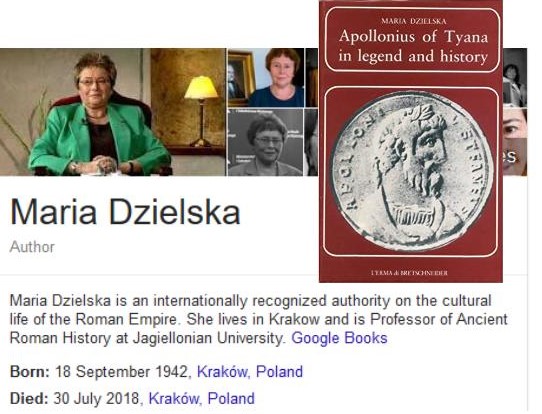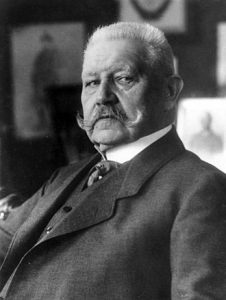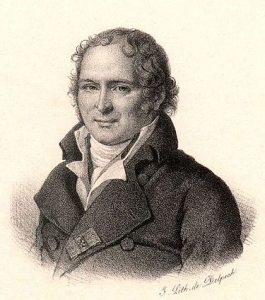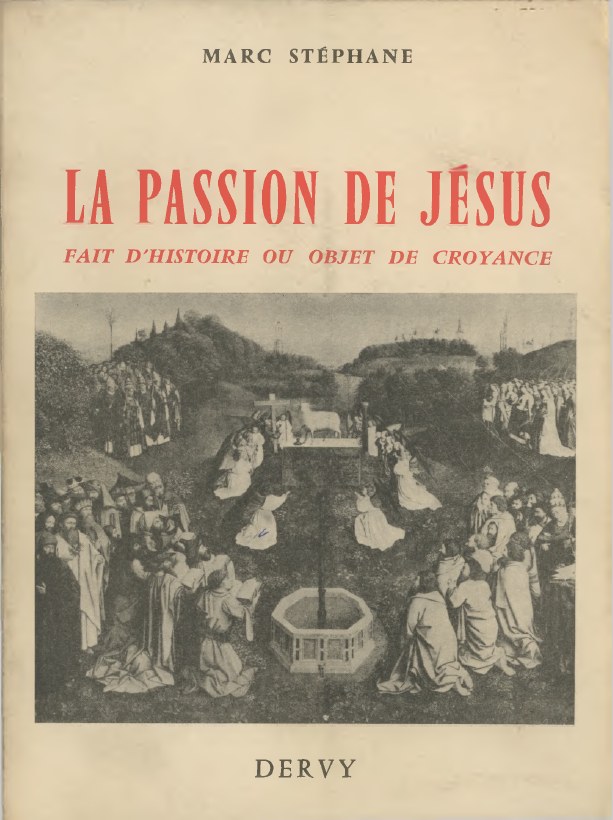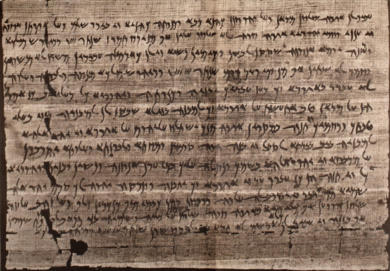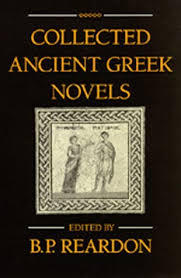Thanks to comment left by db on that post I was alerted to a perspective on the historical Jesus expressed by Jesus Seminar pioneer Robert Funk:
Why did this book [Gerd Ludemann’s The Resurrection of Jesus: History, Experience, Theology] provoke such violent reactions in Germany? The book itself states the reason: “. . . in the church the serious crisis of present-day Christianity is not recognized” (8). Scholars, theologians, and ministers attempt to pave over the crisis with load after load of verbiage, but to no avail. The crisis in what the church believes about Jesus will not go away. The only remedy for Luedemann, as for us, is to face the issues squarely, honestly, with complete candor, and ask, as Luedemann does, whether in the face of the evidence we can still be Christians.
The crisis does not arise merely from the way in which the gospels and later interpreters have treated the resurrection. The crisis arises, in large part, from what we can know about Jesus himself. For example, as a historian I do not know for certain that Jesus really existed, that he is anything more than the figment of some overactive imaginations. I therefore find it difficult to assent to Luedemann’s final affirmation:
Compare p. 17 of Ludemann, Gerd. 1994. The Resurrection of Jesus: History, Experience, Theology . [Translated by John Bowden]. London: SCM Press.
If one assumed that the resurrection of Jesus were not a historical fact (so Jesus did not rise, and remained in the tomb – in contradiction to the classical confessions of the church and probably also to Paul), but was grounded in the vision of Peter and Paul, a new explanation would have to be given of whether in that case Easter can still be regarded as an experience from outside (extra nos) or whether it does not prove, rather, to be a wish of the human spirit, as critics of Christianity, ancient (Celsus) and modem, have claimed.
And the further question whether the extra nos is guaranteed is to be answered with an emphatic affirmative, because Jesus is not an invention or a projection. (182) [see insert]
The extra nos refers to something beyond us, outside of us, something of which we can be absolutely certain. While share Luedemann’s conclusion, I do not share his conviction.
In my view, there is nothing about Jesus of Nazareth that we can know beyond any possible doubt. In the mortal life we have there are only probabilities. And the Jesus that scholars have isolated in the ancient gospels, gospels that are bloated with the will to believe, may turn out to be only another image that merely reflects our deepest longings. Everything I believe in or want to believe in lies in that no man’s-land of uncertainty—a region of anomalous, ambiguous, and indefinite claims. Both as Christians and as scholars, we must stop laying claim to transcendent certain ties and submit to all the conditions of finite existence.
Nevertheless, I can agree with Luedemann that Jesus is the ground of our faith as Christians (182). Even so, we do not learn from Jesus that faith means the overcoming of death or that faith inspired by him is the final faith. On the contrary, we find in Jesus the willingness to accept finitude and the provisional as the basis for liberation. I subscribe wholeheartedly to this formulation of Luedemann:
Christians should live by the little that they really believe, not by the much that they take pains to believe, That is a great liberation, which already bears within it the germ of the new. (184)
If Jesus was an advocate of an unbrokered relationship to God, then we cannot and should not posit the resurrection as the threshold of faith. For if we were to do so, our faith would be made to depend on the faith of Peter or the faith of Paul or the faith of someone else in the fourth decade of the first century. Congratulations to those who have faith prior to and apart from the resurrection!*
Luedemann’s book is a breath of fresh air in the stifling atmosphere of scholarly discourse. It belongs with Sheehan and Spong and Fuller and Crossan as a truly ground-breaking study. . . . .
——
*In more traditional language this beatitude would read: Blessed are those who have faith prior to and apart from the resurrection!
.
I will add an extra note to my commentary on the list of non-Christian scholars that Tim presented as significant for his argument.
Funk, Robert W. (1995). “The Resurrection of Jesus”. The Fourth R. Westar Institute. 8 (1): 9.

